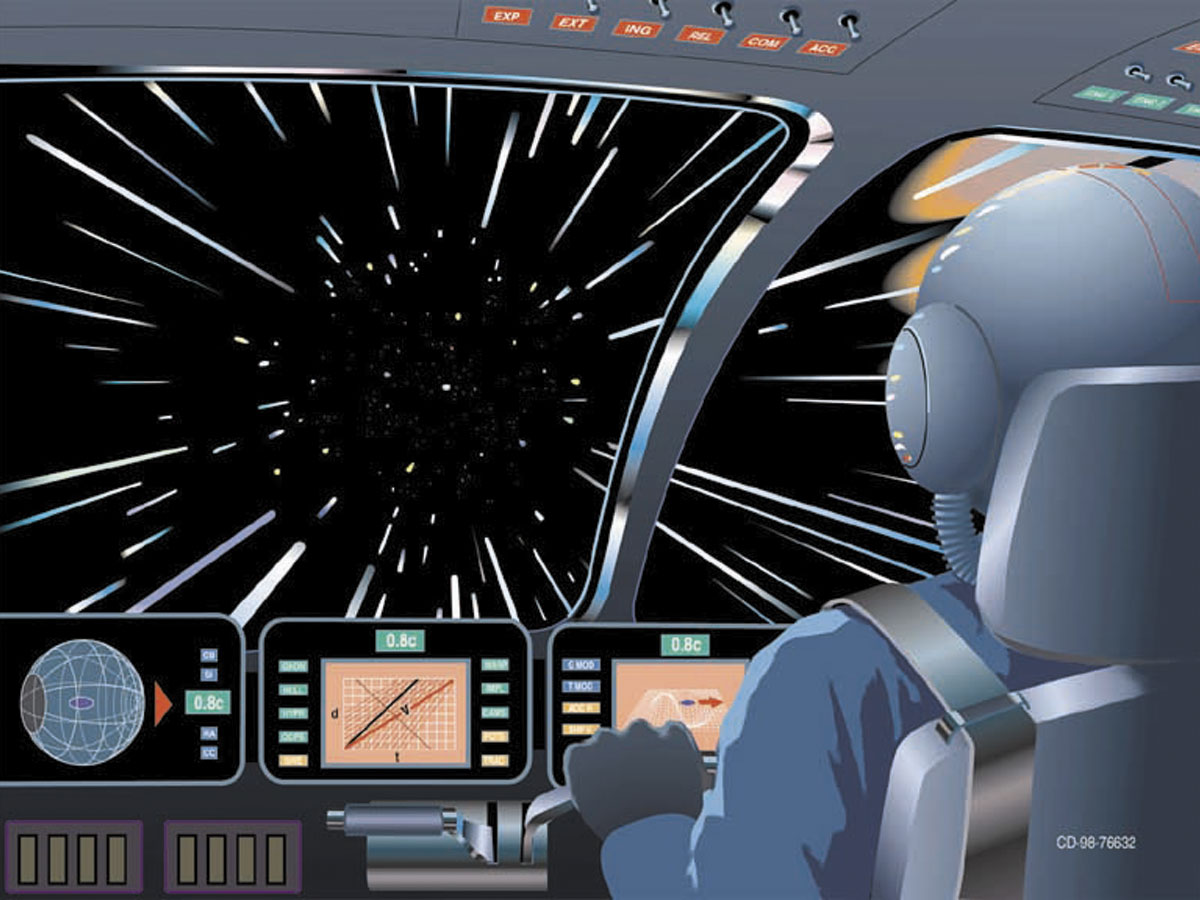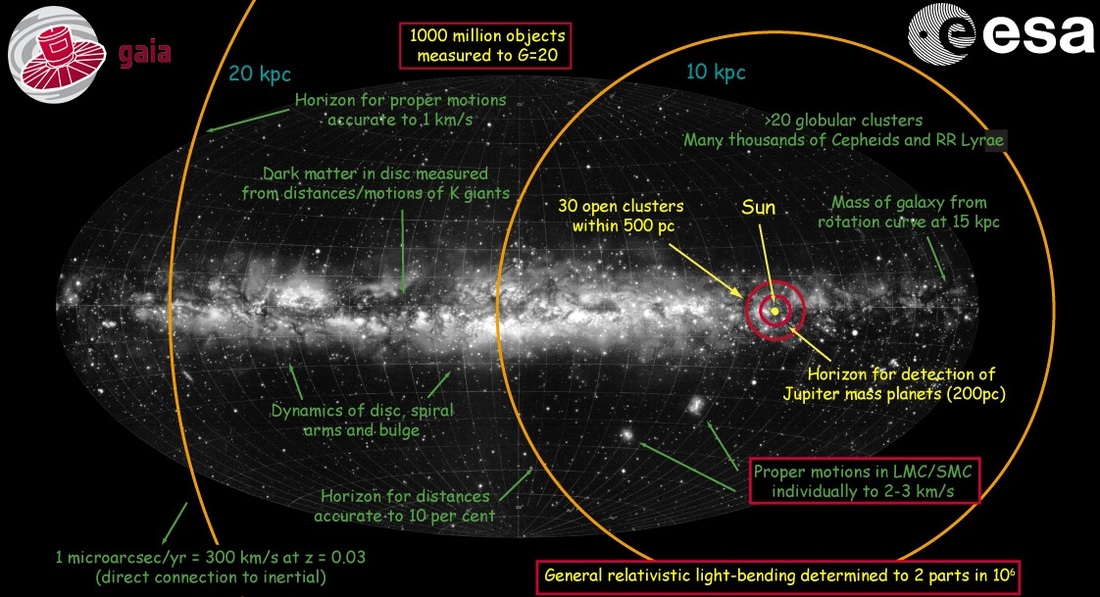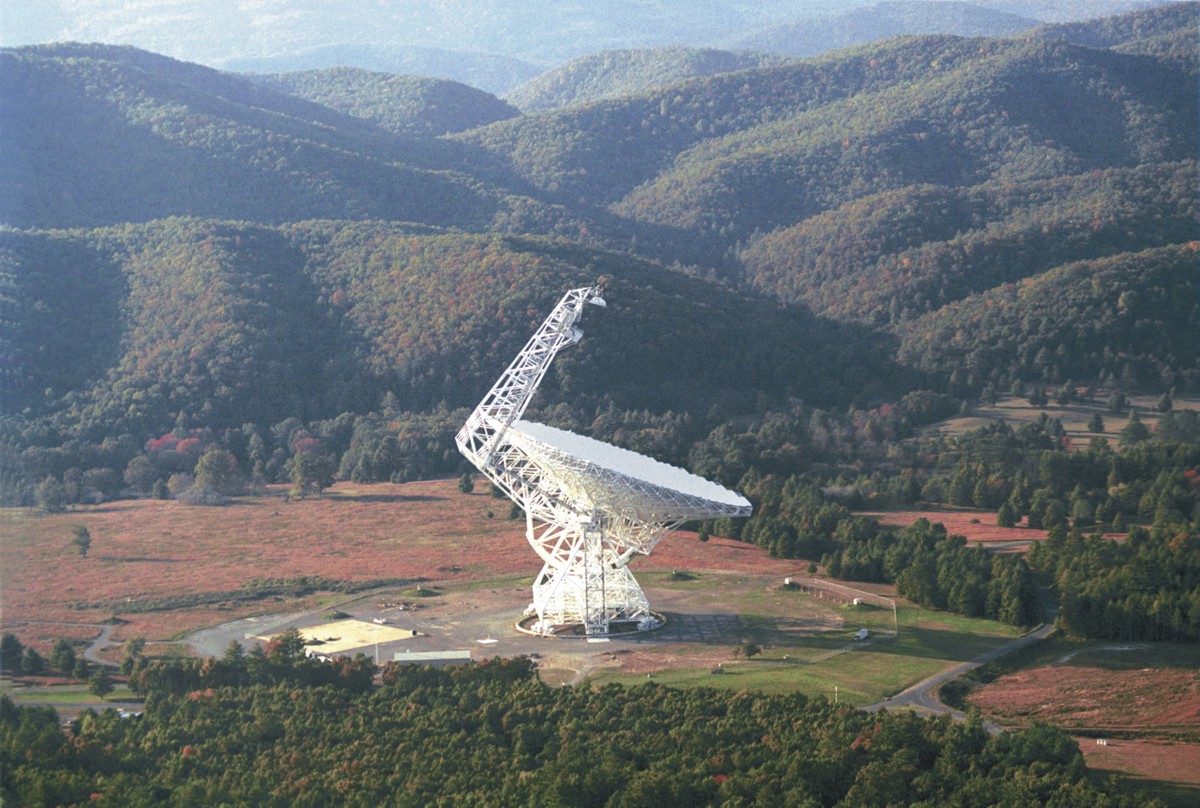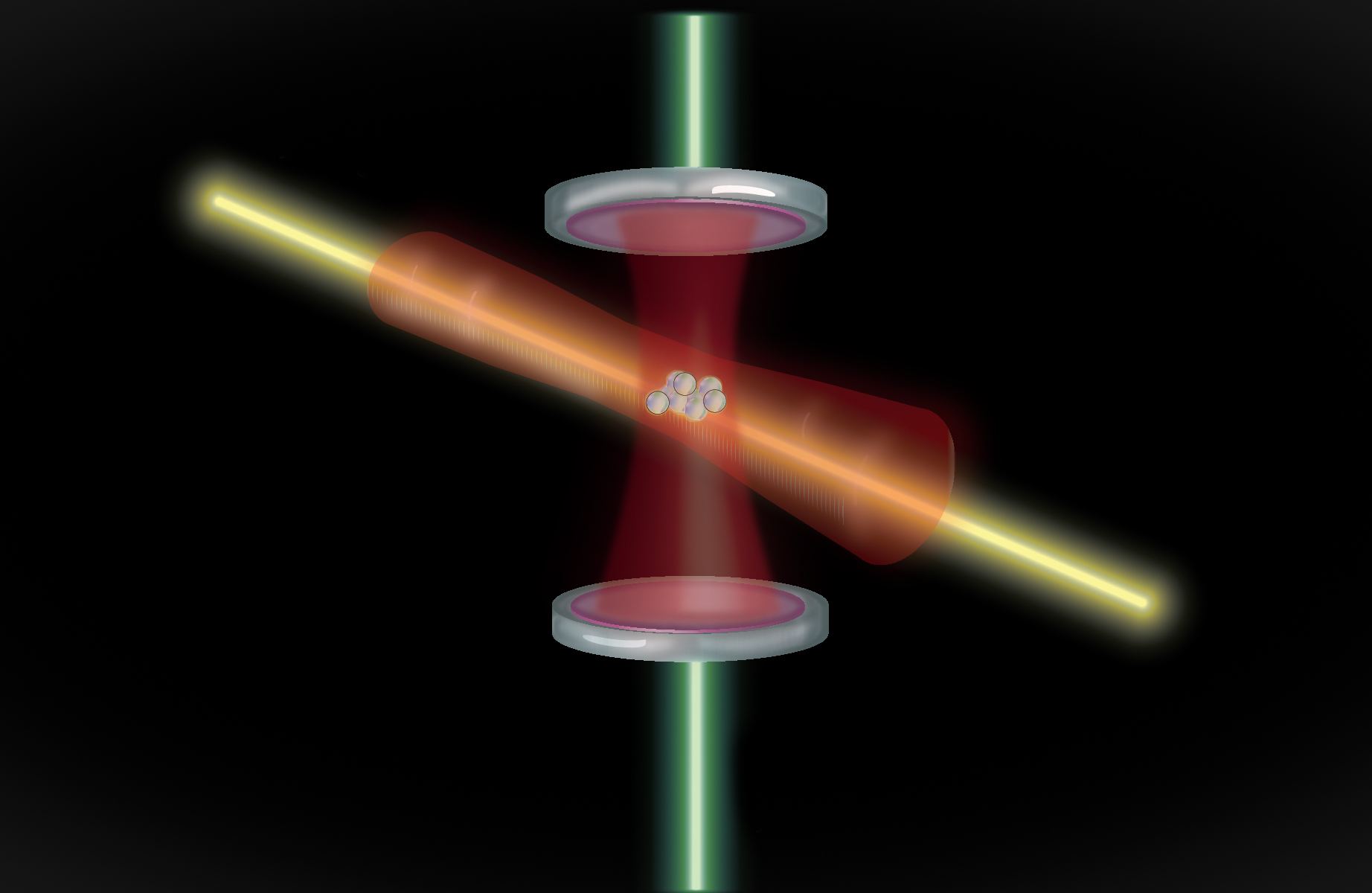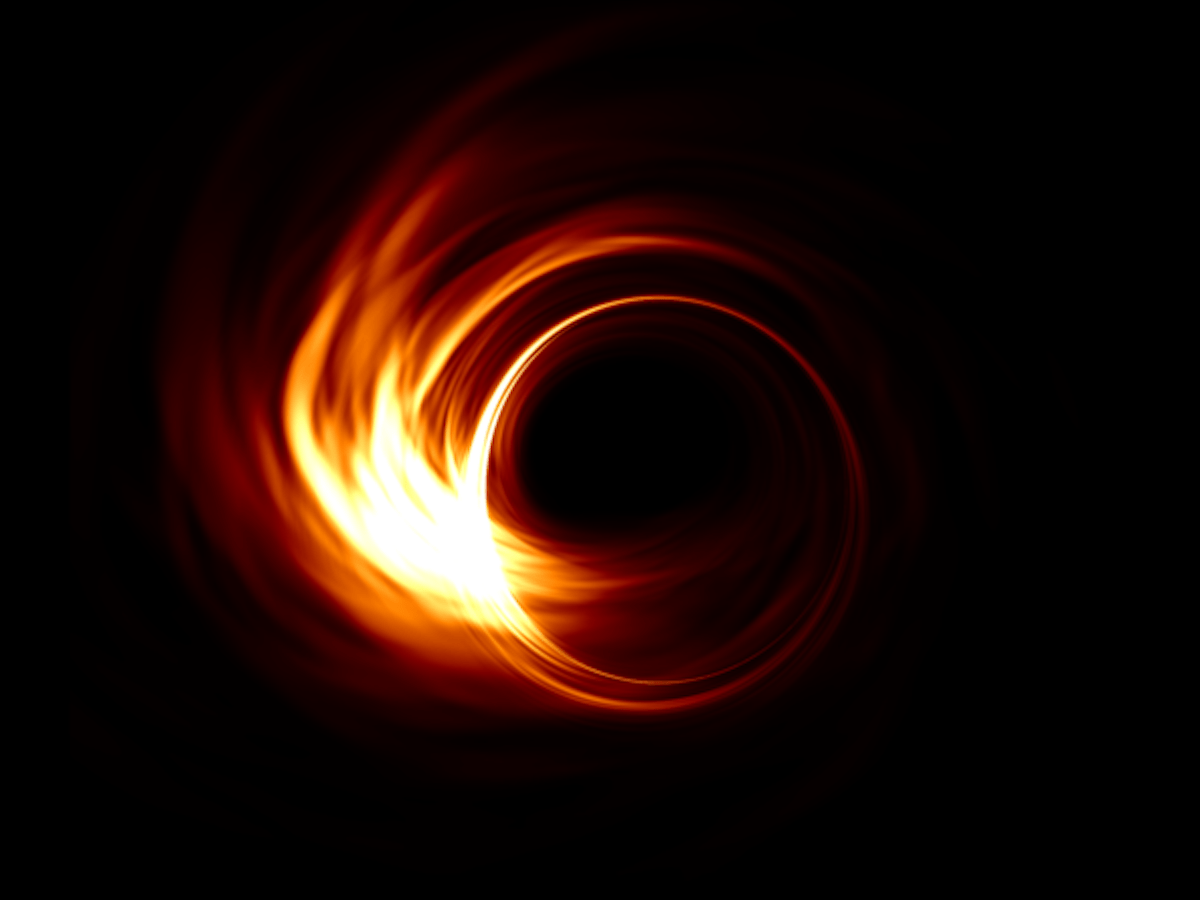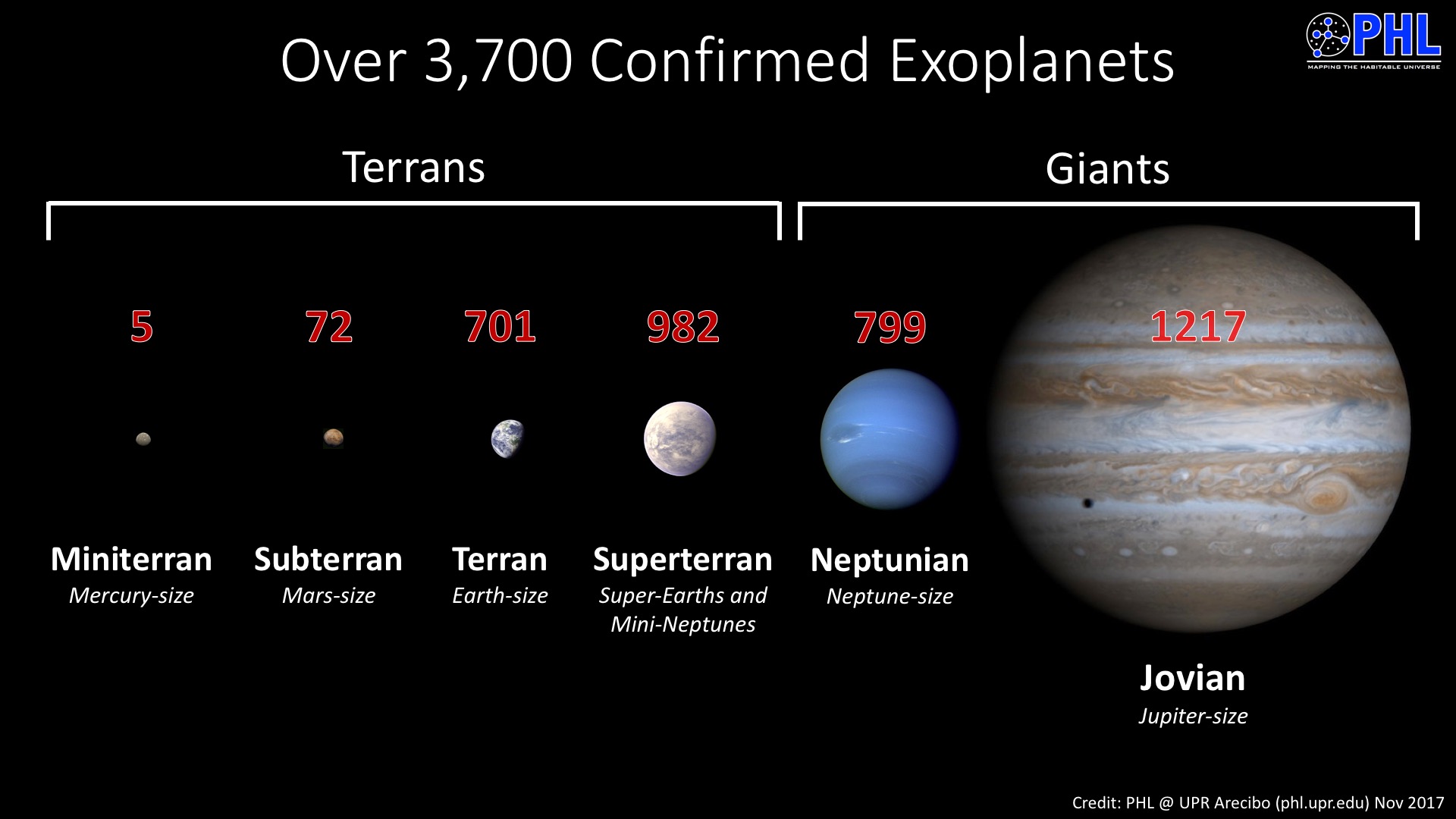Special relativity is one of the most strongly validated theories humanity has ever devised. It is central to everything from space travel and GPS to our electrical power grid. Central to relativity is the fact that the speed of light in a vacuum is an absolute constant. The problem is, that fact has never been proven.
Continue reading “There's no way to Measure the Speed of Light in a Single Direction”New Observations Agree That the Universe is 13.77 Billion Years old
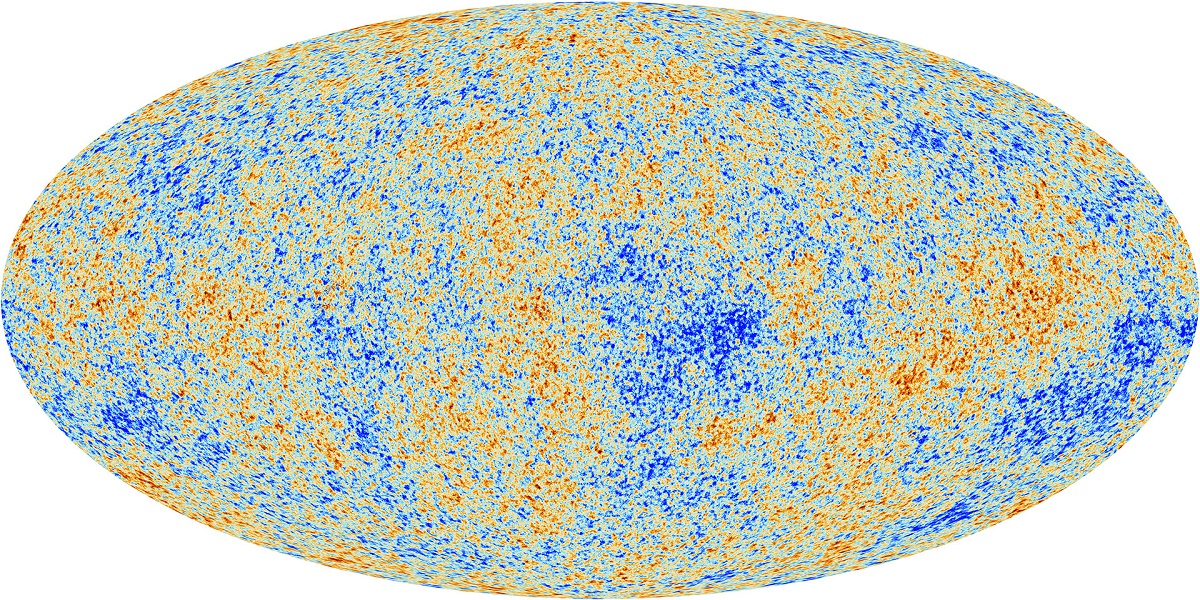
The oldest light in the universe is that of the cosmic microwave background (CMB). This light was formed when the dense matter at the beginning of the universe finally cooled enough to become transparent. It has traveled for billions of years to reach us, stretched from a bright orange glow to cool, invisible microwaves. Naturally, it is an excellent source for understanding the history and expansion of the cosmos.
Continue reading “New Observations Agree That the Universe is 13.77 Billion Years old”Astronomers Improve Their Distance Scale for the Universe. Unfortunately, it Doesn't Resolve the Crisis in Cosmology
Measuring the expansion of the universe is hard. For one thing, because the universe is expanding, the scale of your distance measurements affects the scale of the expansion. And since light from distant galaxies takes time to reach us, you can’t measure what the universe is, but rather what it was. Then there is the challenge of the cosmic distance ladder.
Continue reading “Astronomers Improve Their Distance Scale for the Universe. Unfortunately, it Doesn't Resolve the Crisis in Cosmology”New Data Supports the Modified Gravity Explanation for Dark Matter, Much to the Surprise of the Researchers
Dark matter is an extremely good theory. It’s supported by a wealth of observational and computational data, which is why it’s part of the standard model of cosmology. But dark matter hasn’t been directly observed, so sometimes even strong supporters of dark matter are motivated to look at the alternatives.
Continue reading “New Data Supports the Modified Gravity Explanation for Dark Matter, Much to the Surprise of the Researchers”If Axions Explain Dark Matter, it Could be Possible to Detect Them Nearby Neutron Stars
As we continue to search for dark matter particles, one thing is very clear: they cannot be any of the elementary particles we’ve discovered so far. The particles would need to have mass, but interact with light only weakly. Of the known particles, neutrinos fit that description, but neutrinos have a tiny mass, and aren’t nearly enough to explain dark matter. Some other kind of particle must make up the majority of dark matter.
Continue reading “If Axions Explain Dark Matter, it Could be Possible to Detect Them Nearby Neutron Stars”A new Type of Atomic Clock Uses Entangled Atoms. At Most, it Would be off by 100 Milliseconds Since the Beginning of the Universe
Measuring time is about counting steps. Whether it’s the drip-drip of a water clock, the tic-toc of a mechanical clock, or the oscillating crystal of a quartz watch. Any accurate timepiece is built around counting the steps of something regular and periodic. Nothing is perfectly regular, so no clock keeps perfect time, but our timepieces are getting very, very accurate.
Continue reading “A new Type of Atomic Clock Uses Entangled Atoms. At Most, it Would be off by 100 Milliseconds Since the Beginning of the Universe”Next Generation Gravitational Wave Detectors Should be Able to see the Primordial Waves From the Big Bang

Gravitational-wave astronomy is still in its youth. Because of this, the gravitational waves we can observe come from powerful cataclysmic events. Black holes consuming each other in a violent chirp of spacetime, or neutron stars colliding in a tremendous explosion. Soon we might be able to observe the gravitational waves of supernovae, or supermassive black holes merging billions of light-years away. But underneath the cacophony is a very different gravitational wave. But if we can detect them, they will help us solve one of the deepest cosmological mysteries.
Continue reading “Next Generation Gravitational Wave Detectors Should be Able to see the Primordial Waves From the Big Bang”Is There a way to Detect Strange Quark Stars, Even Though They Look Almost Exactly Like White Dwarfs?
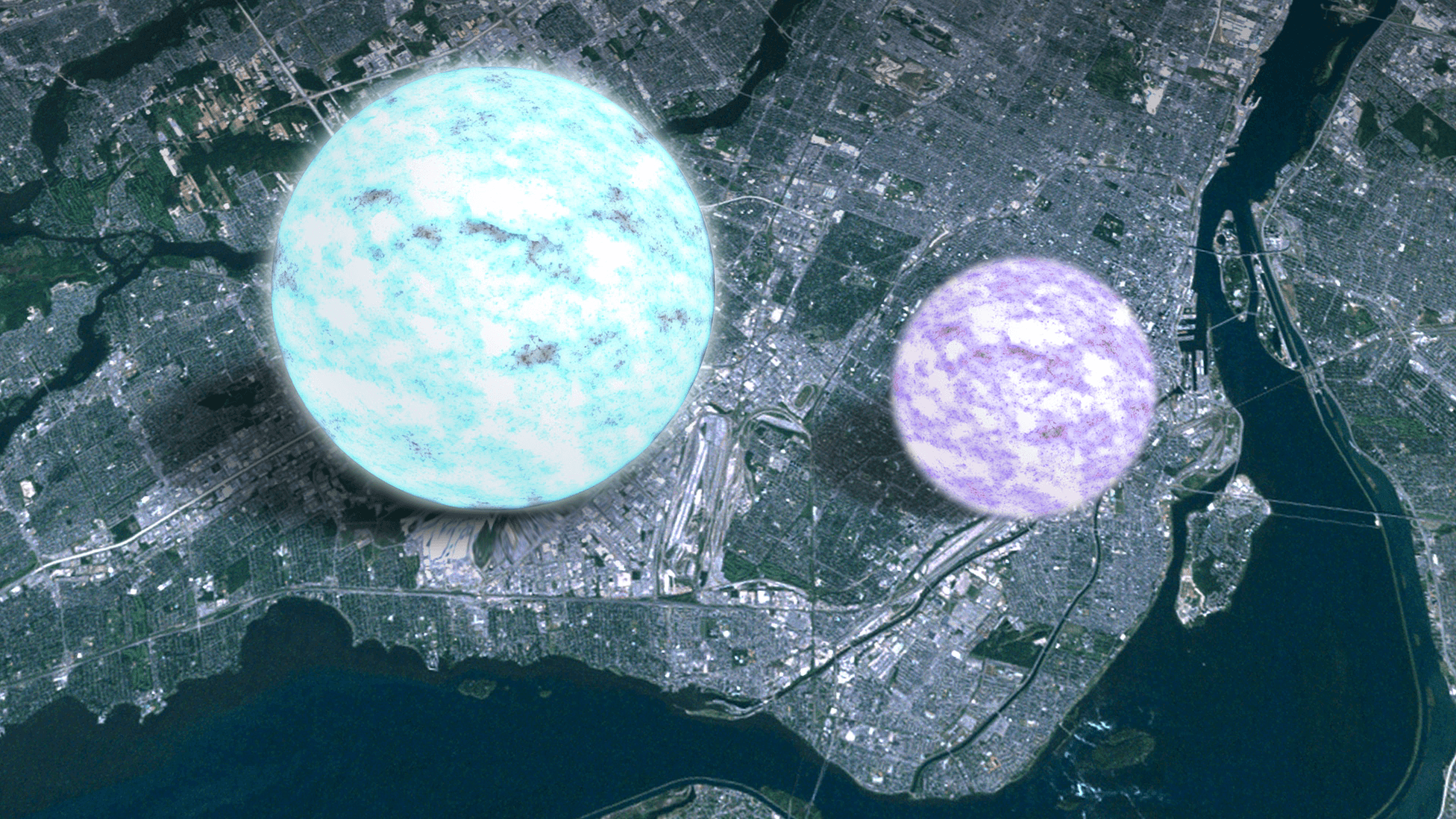
The world we see around us is built around quarks. They form the nuclei of the atoms and molecules that comprise us and our world. While there are six types of quarks, regular matter contains only two: up quarks and down quarks. Protons contain two ups and a down, while neutrons contain two downs and an up. On Earth, the other four types are only seen when created in particle accelerators. But some of them could also appear naturally in dense objects such as neutron stars.
Continue reading “Is There a way to Detect Strange Quark Stars, Even Though They Look Almost Exactly Like White Dwarfs?”Black Holes Gain new Powers When They Spin Fast Enough
General relativity is a profoundly complex mathematical theory, but its description of black holes is amazingly simple. A stable black hole can be described by just three properties: its mass, its electric charge, and its rotation or spin. Since black holes aren’t likely to have much charge, it really takes just two properties. If you know a black hole’s mass and spin, you know all there is to know about the black hole.
Continue reading “Black Holes Gain new Powers When They Spin Fast Enough”Heard of Mini-Neptunes and gas-Dwarfs? Here's a new one: sub-Earths
The planets in our solar system are broadly divided into two groups: small, rocky worlds like Earth, and large gas giants. Before the discovery of exoplanets, it was thought that our solar system was very typical. The light and heat of a star push the gas to the outer solar system, while heavier dust remains closer to the star. Thus a solar system has close rocky planets and distant gas giants. But we now know that planets and star systems have much more diversity.
Continue reading “Heard of Mini-Neptunes and gas-Dwarfs? Here's a new one: sub-Earths”
